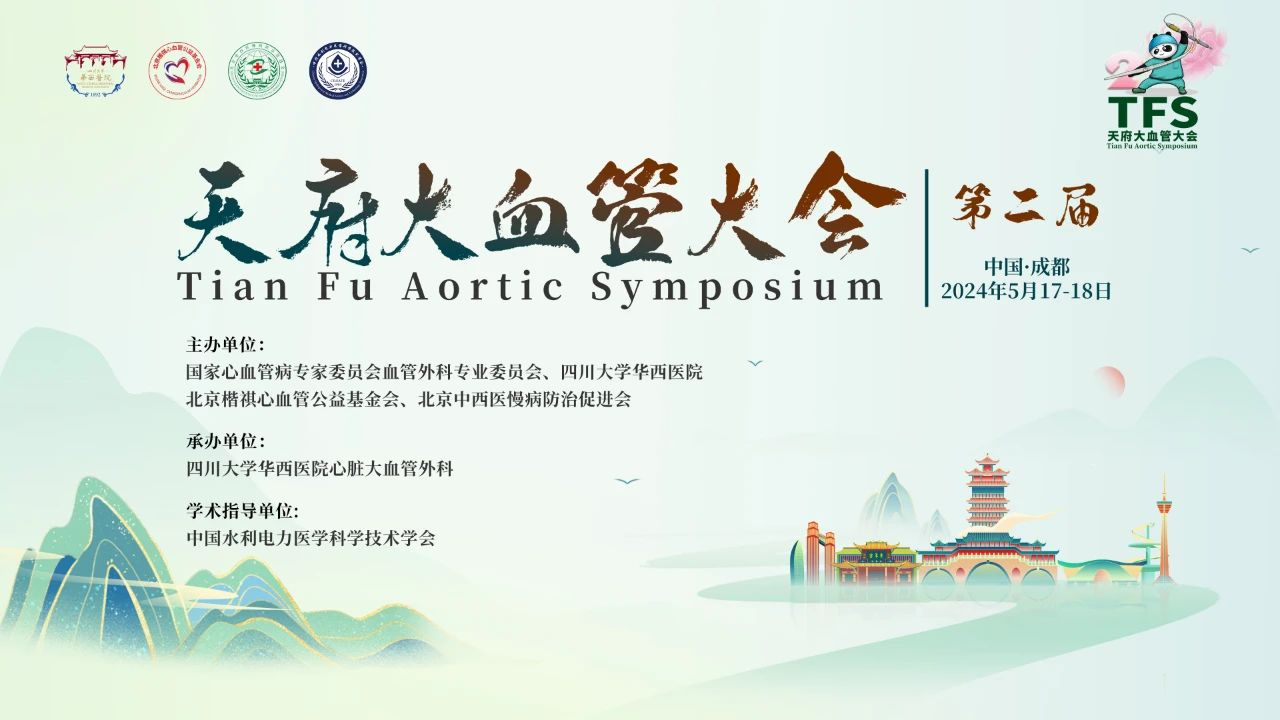
The aortic arch presents numerous anatomical variations and a complex hemodynamic environment. Thus, surgical treatment of arch diseases requires personalized approaches. Various innovative stents have emerged for the treatment of aortic arch diseases. On May 18, 2024, at the 2nd Tianfu Vascular Conference (TFS 2024), Professor Hu Jia from the Cardiac and Vascular Surgery Department of West China Hospital, Sichuan University, shared preliminary experiences with the application of innovative multibranch stents in the aortic arch.
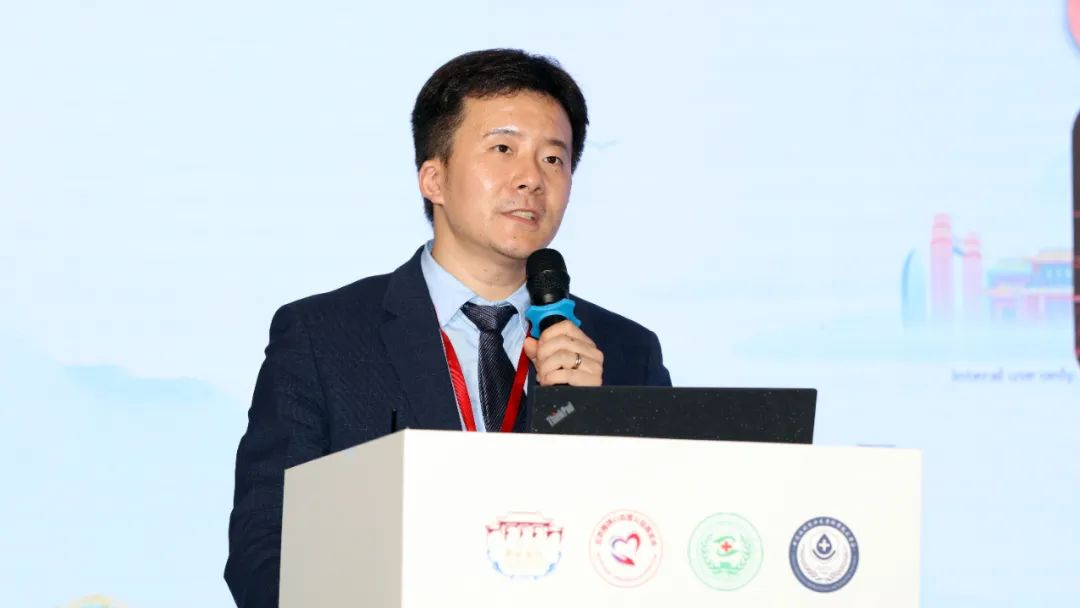
Innovative Devices in Open Surgery
Treatment of aortic arch diseases necessitates considering the cause, pathology, and anatomical structure to devise individualized treatment strategies. Professor Shuchang’s “HENDO” treatment system, which includes Hybrid Arch Repair, Endovascular Repair, and Open Arch Repair, aims to help clinicians choose the appropriate surgical method to achieve better patient outcomes.
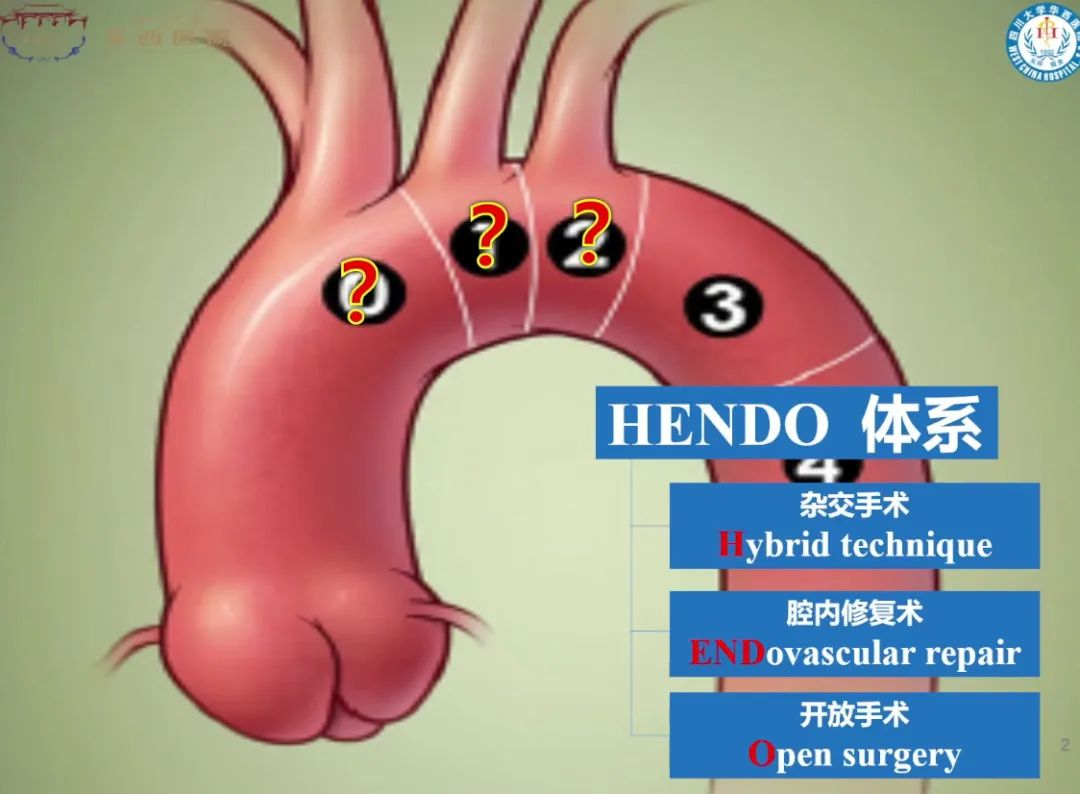
The Fontus single-branch stent facilitates intraoperative reconstruction of the LSA, bringing the anastomosis forward, simplifying the operation, and reducing the time of extracorporeal circulation and/or deep hypothermic circulatory arrest. Additionally, the PerMed double-branch stent can be used for the reconstruction of the LSA and LCCA, offering clinicians more choices.
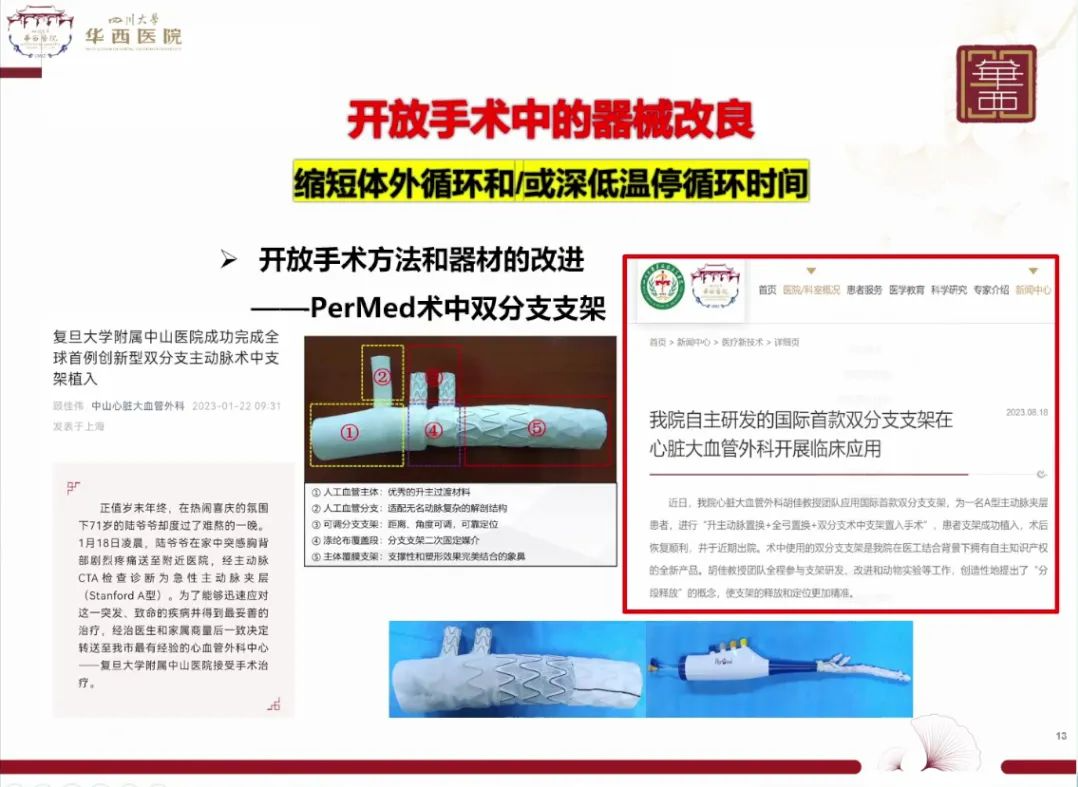
West China Hospital Experience
A prospective multicenter randomized controlled study involving West China Hospital is evaluating the clinical efficacy of intraoperative double-branch stents. So far, 214 patients have been enrolled, with 110 patients completing a six-month follow-up. Preliminary results show 16 serious adverse events (SAE) in the trial group (n=57), including 4 cases of renal insufficiency, 4 deaths, 1 stroke, and 1 transient ischemic attack. The control group (n=53) reported 30 SAEs, including 10 deaths, 7 infections, 4 cases of renal insufficiency, 3 strokes, and 2 cases of gastrointestinal bleeding.
Case Studies
• Case 1: A 42-year-old male underwent aortic endovascular repair with chimney stent implantation in the left common carotid and left subclavian arteries at another hospital 10 years ago. CTA indicated retrograde type A aortic dissection involving the ascending aorta and brachiocephalic trunk, with chimney stents in the left common carotid and left subclavian arteries. The surgical procedure included resecting part of the covered stent and chimney stent in the left subclavian artery, implanting an intraoperative single-branch stent, and reinforcing it under direct vision. Postoperative imaging showed patent branches with no endoleak.
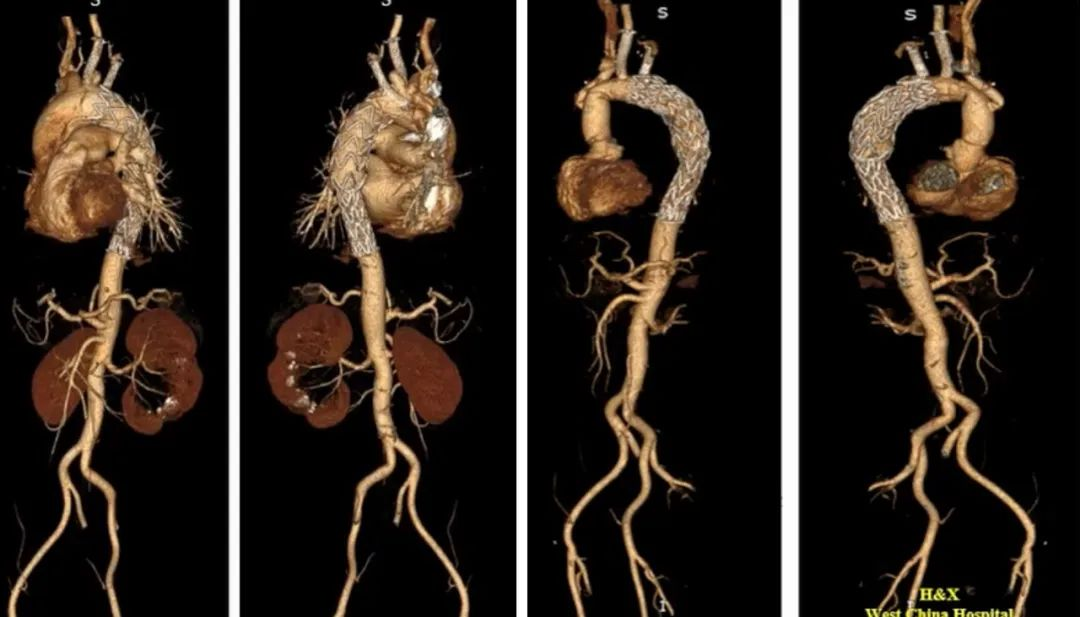
• Case 2: A 50-year-old male presented with type A aortic dissection with the primary tear located in the proximal aortic arch, retrograde extension to the aortic root, and involvement of the left common carotid and left subclavian artery roots. The patient underwent reconstruction of the LSA and LCCA with a double-branch intraoperative stent and replacement of the ascending aorta with an artificial graft, achieving satisfactory results.
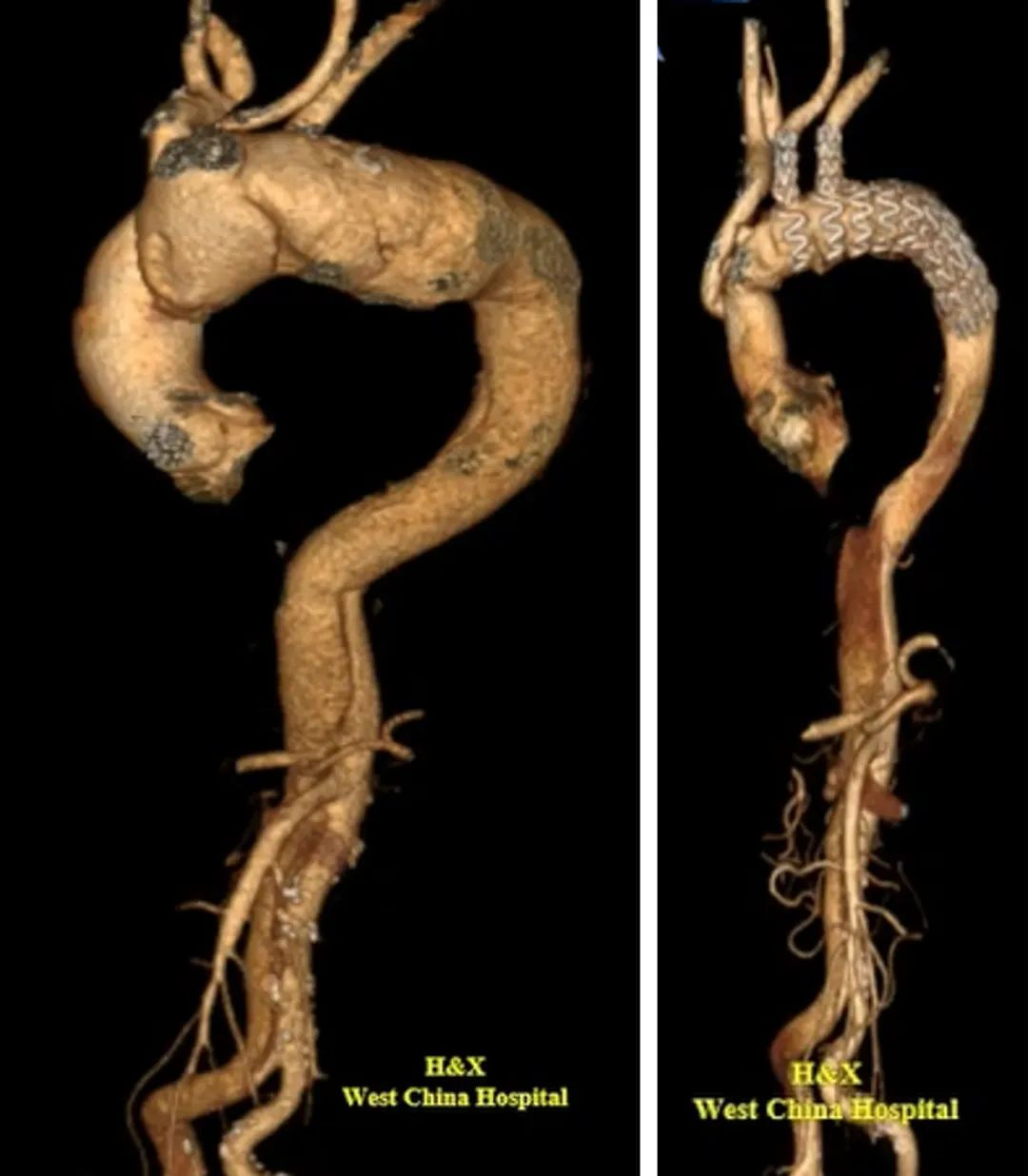
Innovative Devices in Hybrid Surgery
The Aortic Structure and Blood Flow Full Remodeling Device (AERD) technique involves deploying a dense mesh stent in the arch and descending aorta after ascending aorta/semi-arch replacement, avoiding deep hypothermic circulatory arrest. The dense mesh stent alters and reduces blood flow into the aneurysm cavity, reducing 90% of vortices and 60% of wall shear stress, gradually leading to thrombus formation inside.
West China Hospital Experience
West China Hospital analyzed 46 patients treated with AERD, with an average follow-up of 533±151 days. The survival rate was 93.5% (43/46), with a 100% patency rate of branch arteries, no spinal cord ischemia, acute kidney injury, or stent-related reintervention.
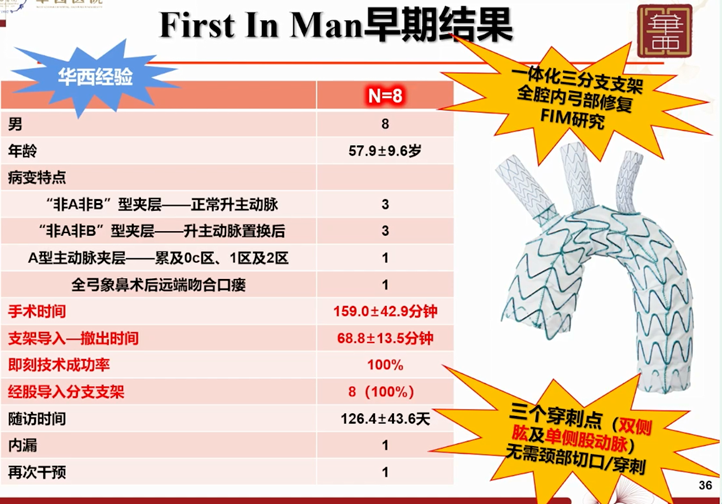
Case Studies
• Case 3: A 61-year-old male, one year post-Bentall procedure, with residual type A aortic dissection in the arch, involving the brachiocephalic trunk and left common carotid artery roots, extending down to the thoracoabdominal aorta to the iliac vessels. The patient received a ZIPPER aortic arch covered stent, reconstructing the three branches above the arch and isolating the dissection. Postoperative follow-up showed patent branches and disappearance of the false lumen.
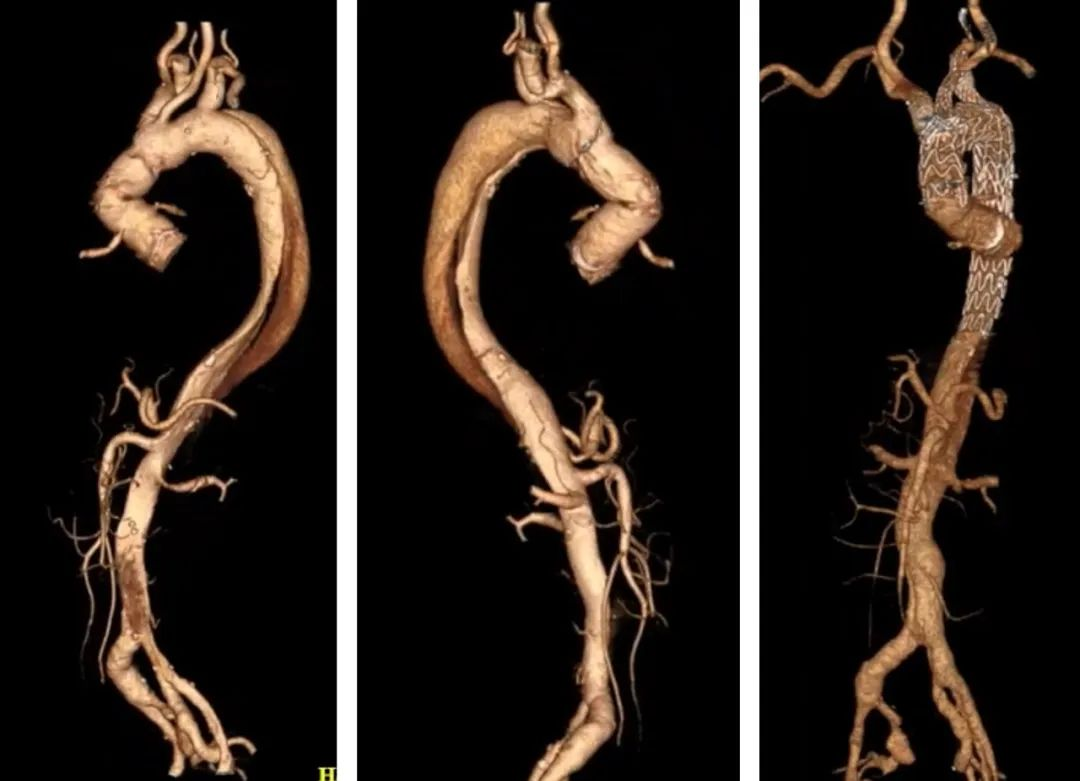
• Case 4: A 61-year-old male with type A non-B type aortic dissection involving the arch to above the celiac trunk, with a small true lumen and large false lumen, proximal dilation of the aortic arch and left common carotid, and left subclavian artery with intramural hematoma. The patient underwent WeFlow Tribranch modular three-branch stent implantation, achieving satisfactory results.
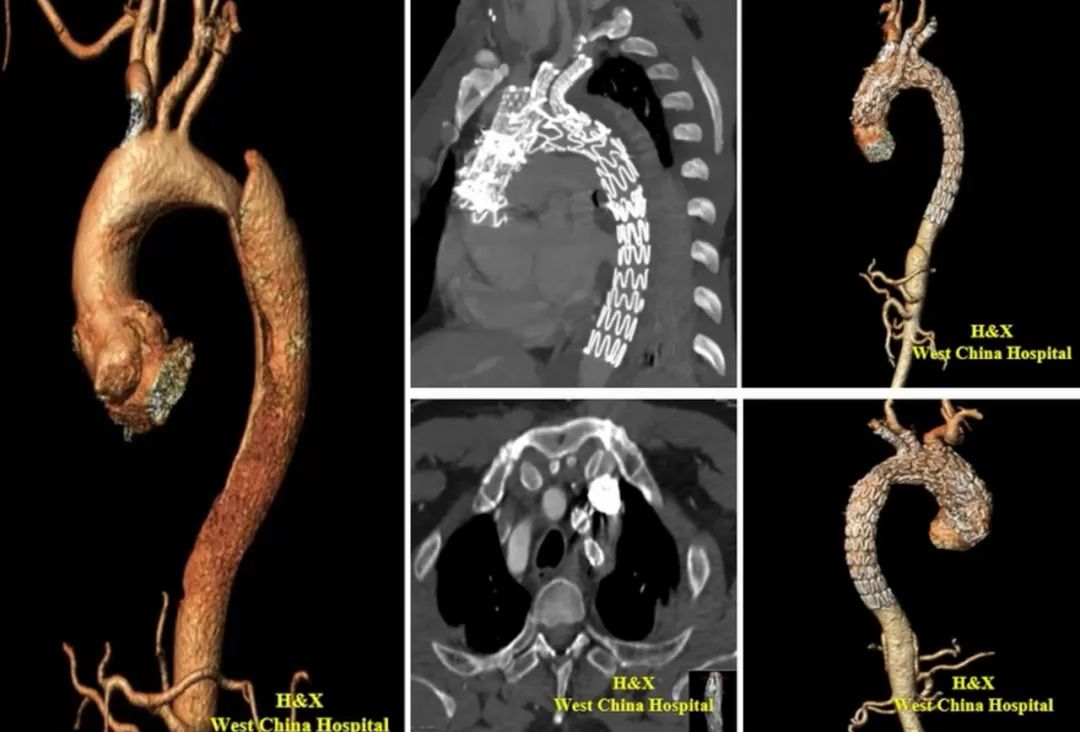
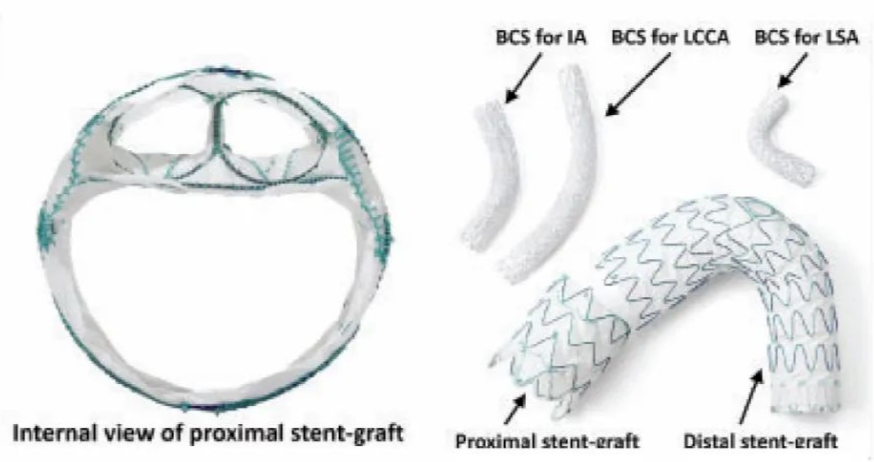
• Case 5: A 79-year-old male with localized dissection in the ascending aorta, intramural hematoma, and penetrating ulcer. The patient received a Chuangxin Aortic Type A restrictive stent in the descending aorta, followed by the proximal main stent. Postoperative follow-up showed disappearance of the ascending aortic ulcer, patent branches above the arch, and gradual reduction of the intramural hematoma.
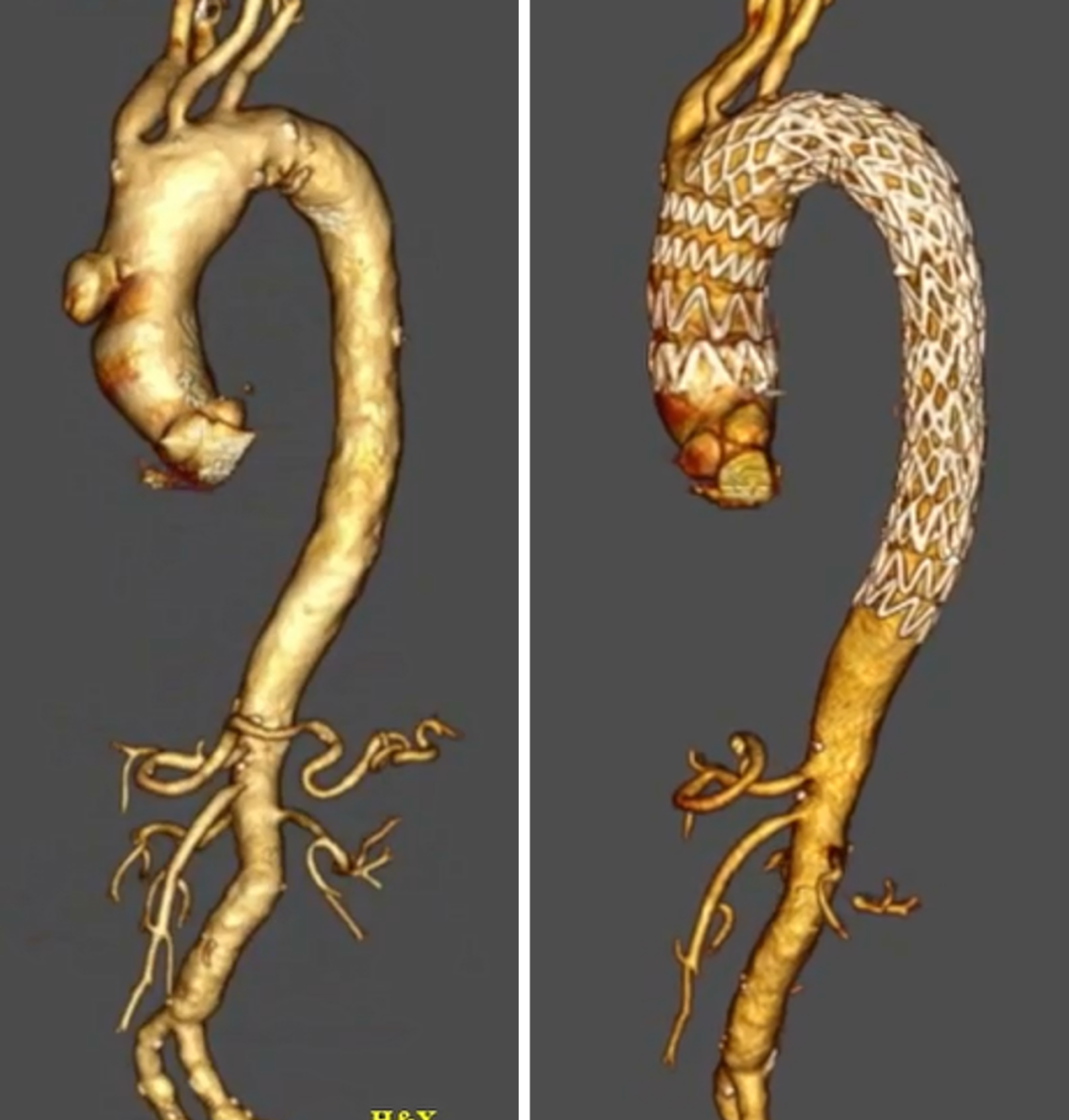
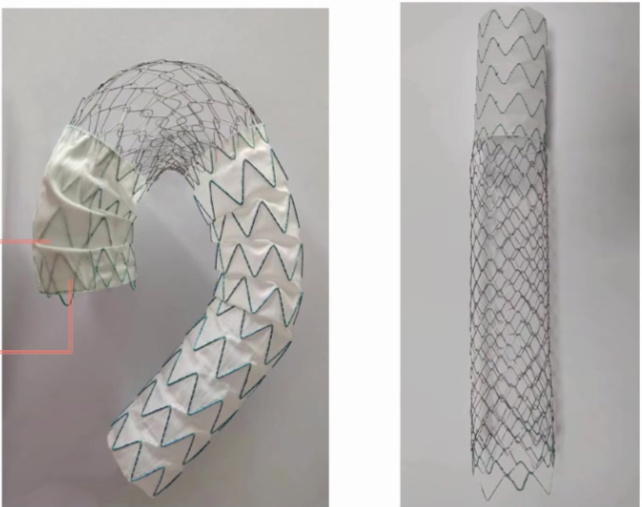
Conclusion
The aortic arch has various anatomical variations and complex hemodynamics, requiring personalized surgical treatment. The HENDO system can guide the selection of surgical methods. Continuous innovation in aortic devices aims for simplified operations, sustained improvements in short- and long-term benefits, making the treatment of aortic arch diseases more straightforward, minimally invasive, and safer.


